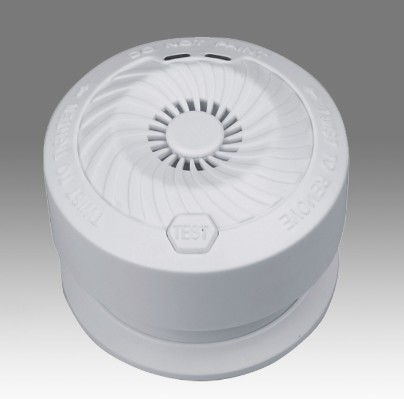The development of smoke alarms with 10-year sealed bat […]
The development of smoke alarms with 10-year sealed batteries has been a gradual process over several decades. Here is a brief history of the development of this type of smoke alarm:
First smoke alarms: The first smoke alarms were developed in the 1930s and 1940s. These early smoke alarms were primarily used in commercial and industrial settings and were large and expensive.
Residential smoke alarms: In the 1960s, residential smoke alarms became more widely available. These early residential smoke alarms were battery-operated and had replaceable batteries.

Long-life batteries: In the 1980s, long-life batteries such as lithium batteries became available. These batteries had a longer lifespan than traditional alkaline batteries and could last up to 10 years.
Sealed batteries: In the 1990s, smoke alarms with sealed batteries began to be developed. These smoke alarms had batteries that were permanently sealed inside the unit and did not require replacement for the life of the alarm.
Improved sensors: In the 2000s, smoke alarms with improved sensors, such as photoelectric sensors, began to be developed. These sensors could detect smoldering fires as well as flames.
Interconnectivity: In the 2010s, smoke alarms with interconnectivity capabilities began to be developed. These smoke alarms could be connected wirelessly so that all alarms in the home would sound when one alarm detected smoke.
Current state: Today, smoke alarms with 10-year sealed batteries are widely available and are considered to be the standard for residential smoke alarms. These smoke alarms typically have photoelectric sensors, interconnectivity capabilities, and other features such as low battery warnings and hush buttons.